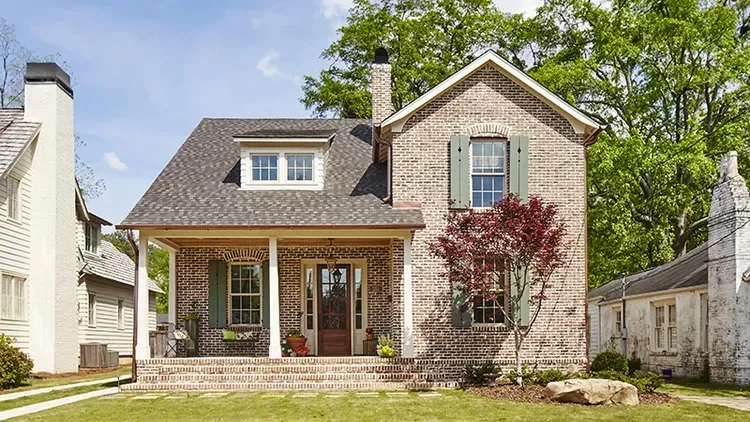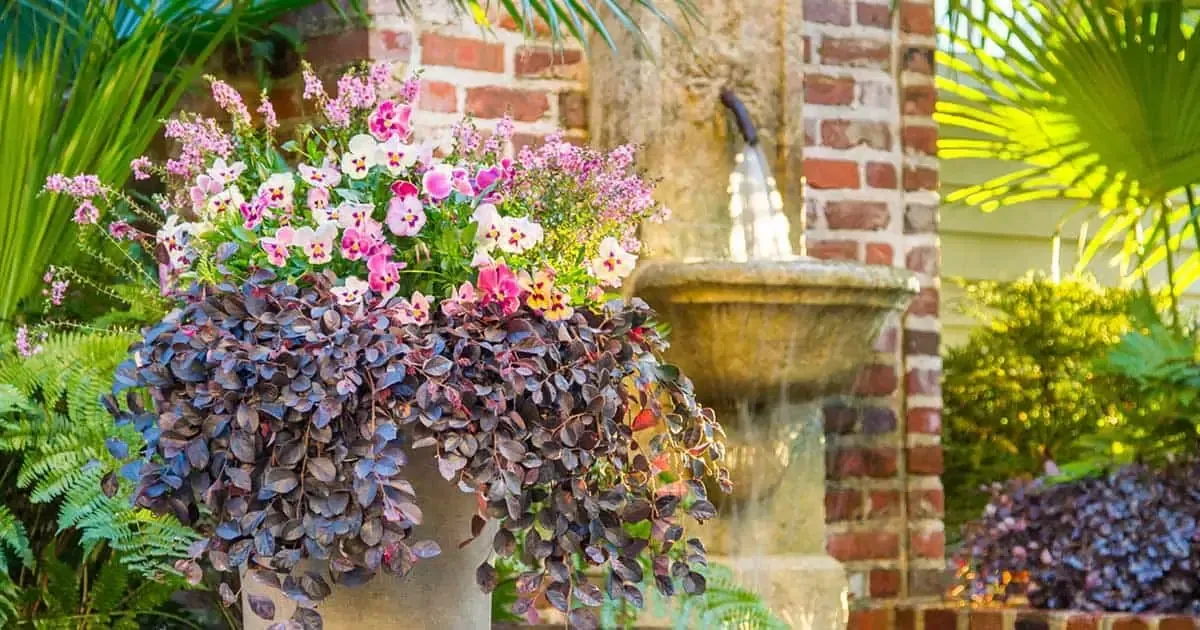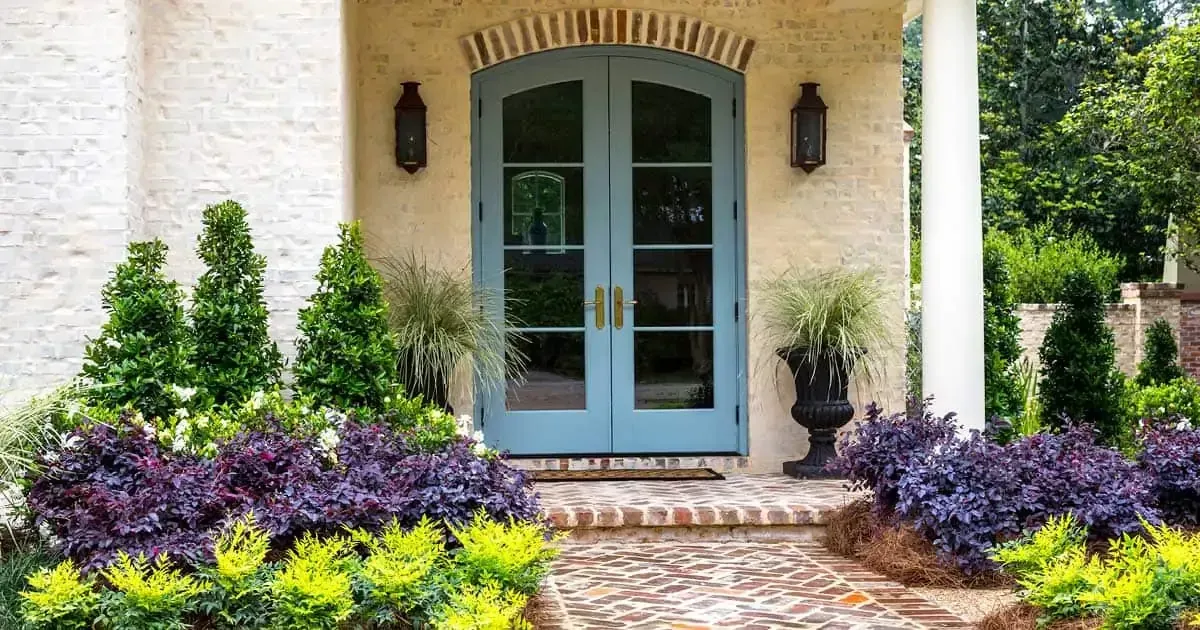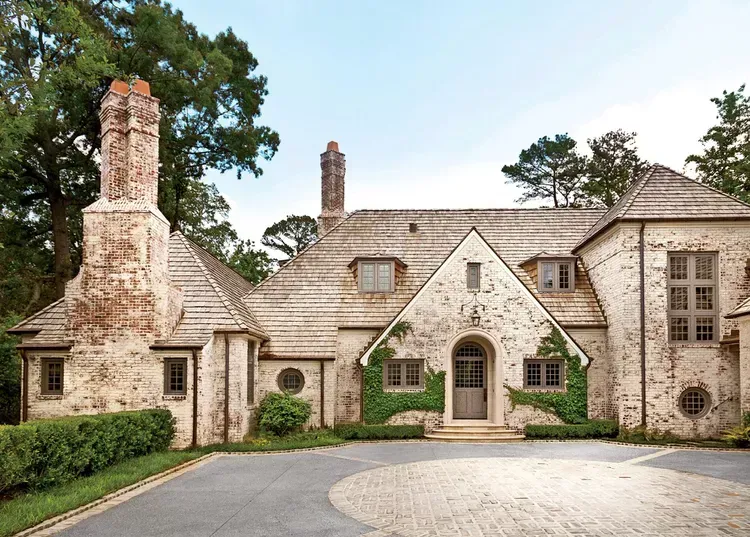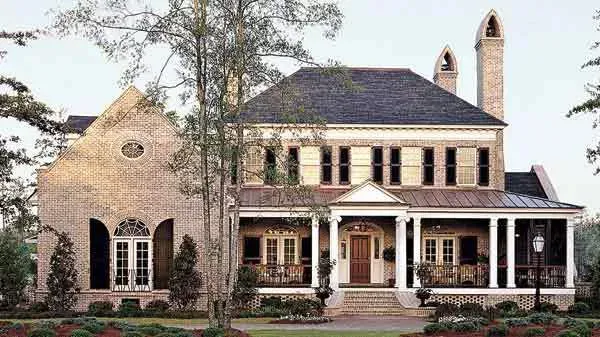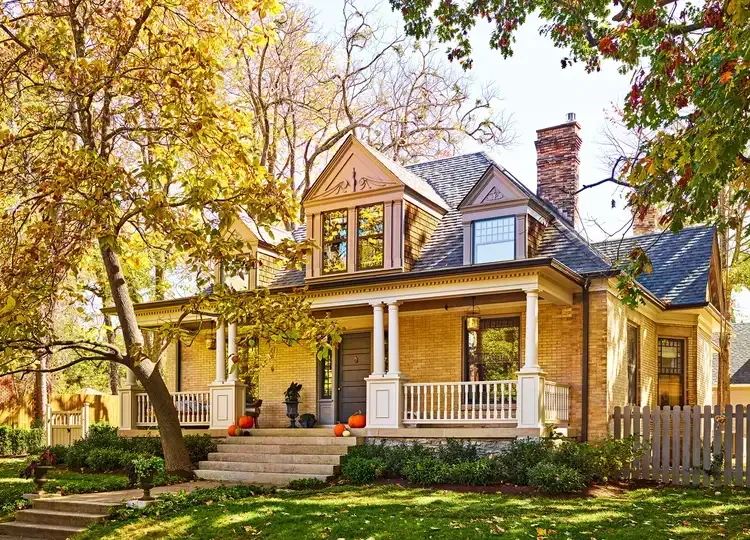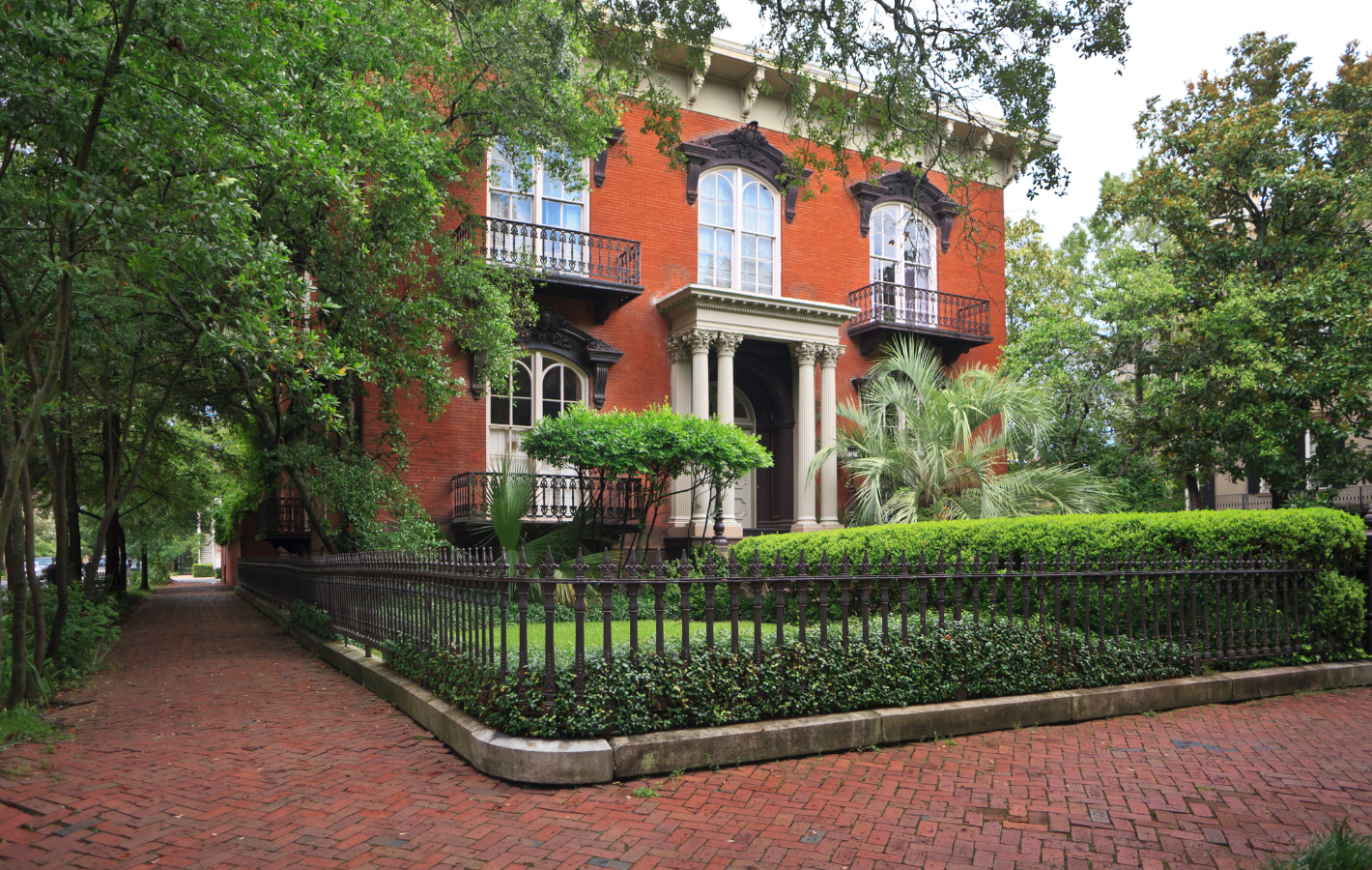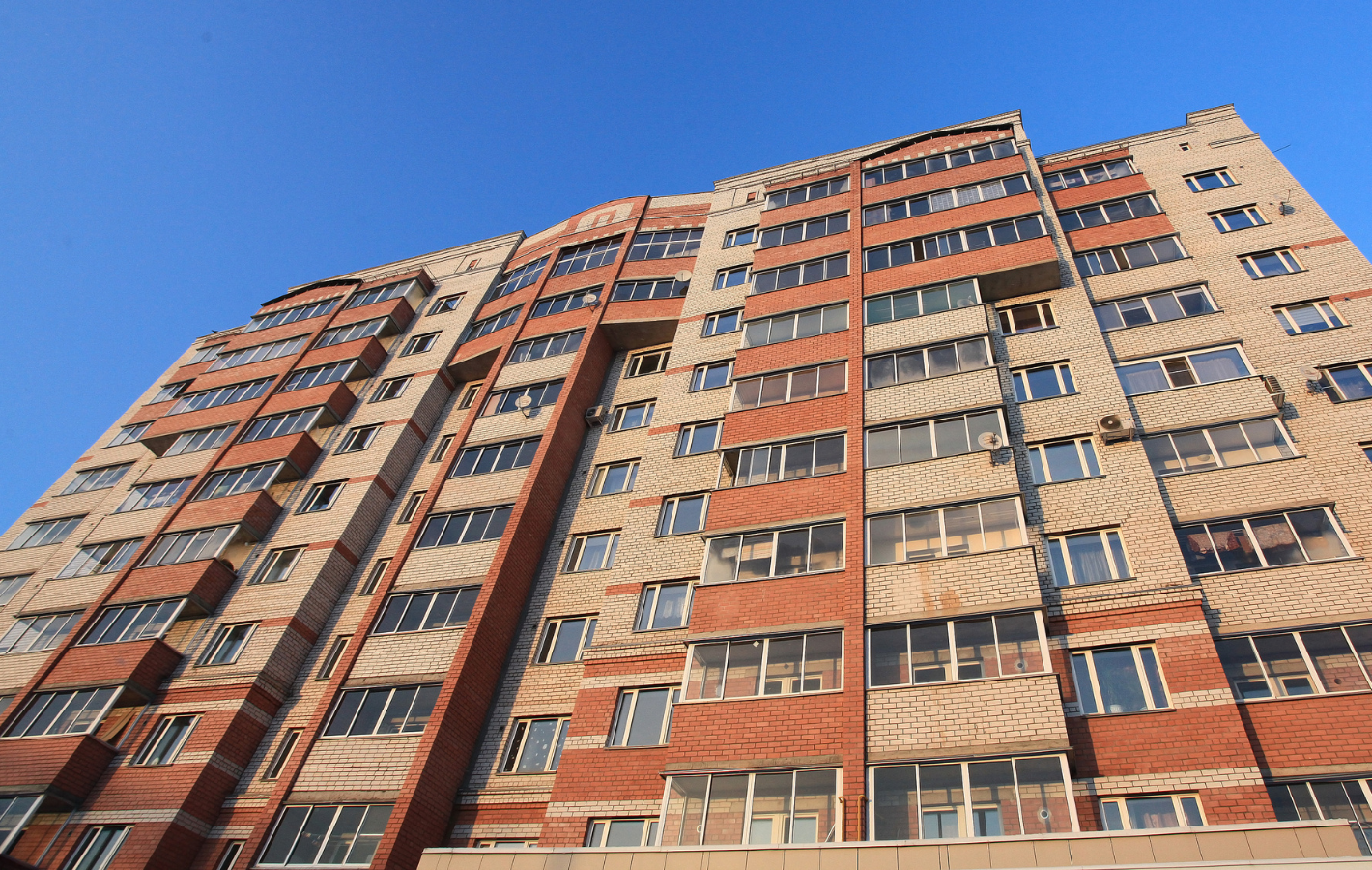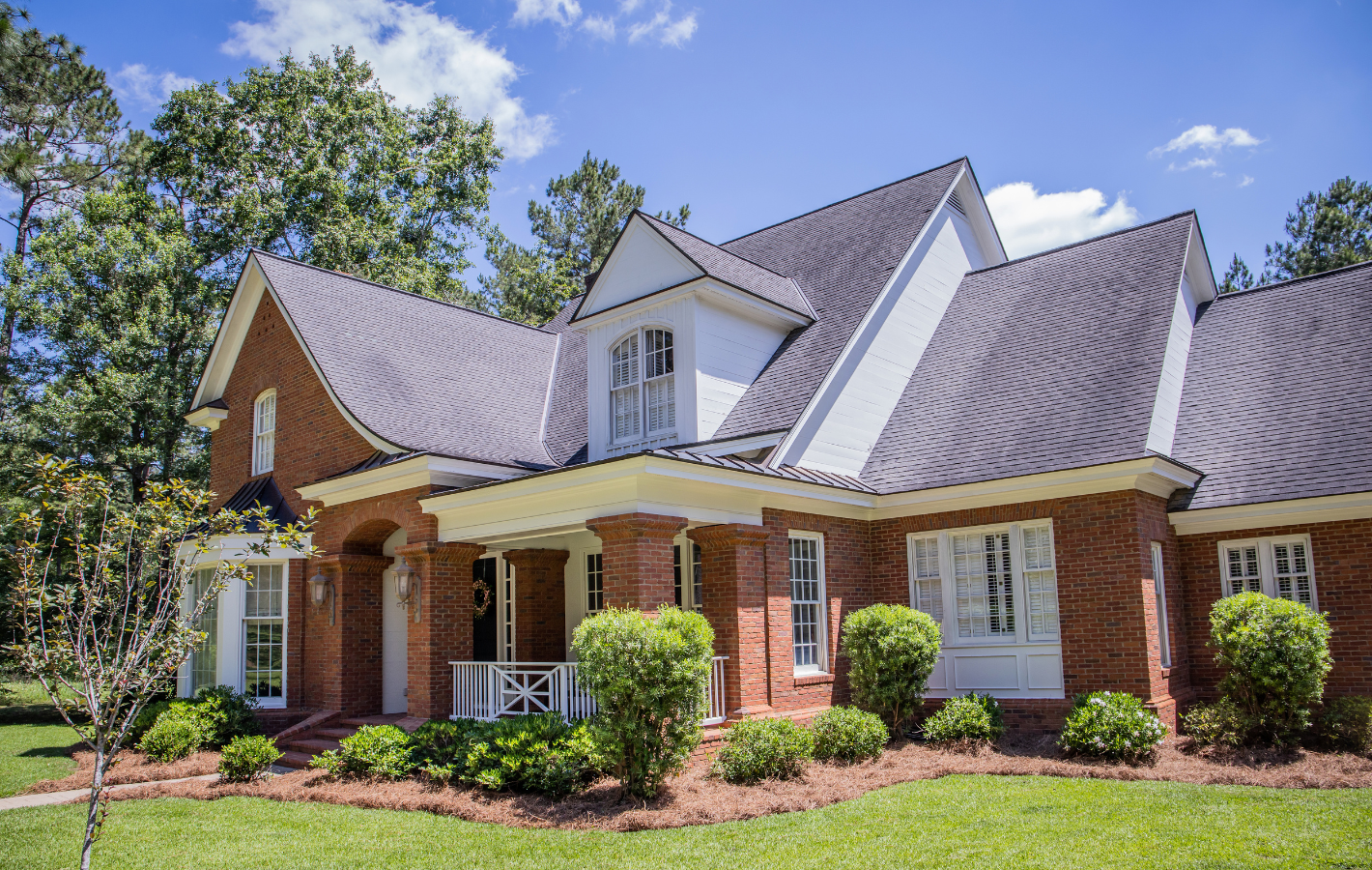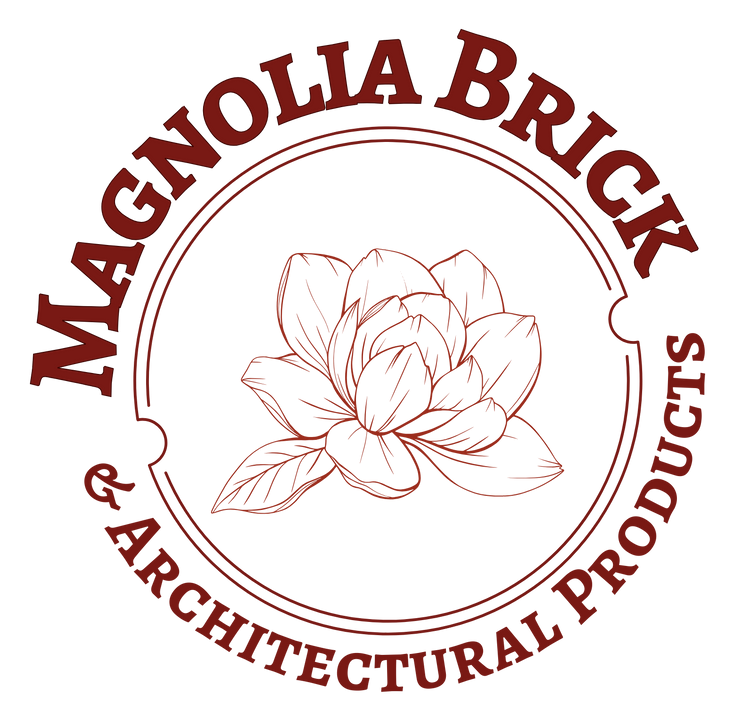The Impact of Poor Brick Grout: Signs, Risks, and Solutions
The Impact of Poor Brick Grout: Signs, Risks, and Solutions
Bricks have stood the test of time as a timeless building material, renowned for their durability and classic appeal. However, behind the facade of beautiful brick structures lies a critical component that often goes unnoticed but plays a pivotal role in their stability and longevity: brick grout, also known as mortar. Properly mixed and applied grout is essential for ensuring that bricks stay securely in place, maintain their structural integrity, and contribute to the overall aesthetics of a building. In this comprehensive blog, we will explore the significance of brick grout, the signs of poor grout quality, the associated risks, and the solutions to address and prevent grout-related issues. At Magnolia Brick, with locations in Tupelo, MS, and Oxford, MS, we are committed to helping you preserve the beauty and integrity of your brick structures.
Understanding the Role of Brick Grout
Brick grout, typically composed of cement, sand, and water, serves as the bonding agent that holds bricks together in a masonry wall. Its primary functions include:
Structural Support: Grout provides the necessary cohesion and support, ensuring that bricks are securely held in place and can withstand the forces of gravity, wind, and other external factors.
Waterproofing: Properly mixed grout creates a water-resistant barrier, preventing moisture from infiltrating the masonry wall. This helps protect both the bricks and the interior of the building.
Aesthetic Enhancement: Grout plays a crucial role in the overall appearance of brick structures. It can influence the color, texture, and pattern of the brickwork, contributing to the desired aesthetic.
Thermal Performance: Grout helps regulate temperature by providing insulation and reducing heat transfer through the masonry wall.
Signs of Poor Brick Grout
Identifying signs of poor grout quality is crucial for preventing potential issues. Here are common indicators of subpar brick grout:
1. Cracks in the Grout
Sign: Visible cracks or gaps between the bricks and within the grout joints.
Risk: Cracks in the grout can weaken the structural integrity of the wall, allowing moisture infiltration, and compromising the overall stability.
2. Color Inconsistencies
Sign: Variations in the color of the grout, either within the same wall or compared to adjacent walls.
Risk: Inconsistent color can negatively impact the aesthetics of the brickwork, resulting in an uneven or patchy appearance.
3. Efflorescence
Sign: The presence of white, powdery deposits on the grout or brick surface.
Risk: Efflorescence is often a sign of moisture infiltration and can lead to the deterioration of the grout and bricks. It also affects the overall appearance.
4. Deterioration
Sign: Crumbling, eroding, or weakened grout joints.
Risk: Deteriorating grout can compromise the stability of the brick wall and may require costly repairs or replacement.
5. Bulging or Sagging Bricks
Sign: Bricks that protrude or sag from the wall's surface.
Risk: Poorly grouted bricks can lead to structural issues, including instability and an uneven appearance.
6. Water Leakage
Sign: Evidence of water infiltration through the masonry wall.
Risk: Water leakage can cause damage to the interior of the building, including mold growth, rot, and compromised insulation.
Risks of Poor Brick Grout
Ignoring or neglecting issues related to poor brick grout can result in a range of significant risks and consequences:
1. Structural Instability
Inadequate grout can weaken the structural stability of the brick wall, leading to cracks, bulging, or even wall collapse. This poses a safety risk and necessitates extensive repairs.
2. Moisture Damage
Poorly grouted bricks are susceptible to moisture infiltration, which can result in water damage, efflorescence, mold growth, and the deterioration of both the bricks and grout.
3. Aesthetic Deterioration
Inconsistent color, cracked grout, or eroding joints can diminish the visual appeal of the brickwork, affecting the building's curb appeal and property value.
4. Increased Maintenance
Brick structures with poor grout require more frequent maintenance and repairs, leading to higher costs over time.
5. Energy Inefficiency
Inadequate grout can compromise the thermal performance of the wall, leading to reduced energy efficiency and increased heating or cooling costs.
Solutions to Address Poor Brick Grout
Addressing poor brick grout is essential to prevent further damage and mitigate risks. The appropriate solution depends on the severity of the issue. Here are steps to address grout-related problems:
1. Grout Repair
For minor grout issues, such as cracks or color inconsistencies, grout repair can be a viable solution. This involves removing damaged or deteriorated grout and replacing it with fresh grout to match the desired color and texture.
2. Repointing
Repointing is a more extensive repair process that involves removing and replacing the mortar joints between bricks. It is necessary when grout deterioration is widespread and affecting the structural integrity of the wall.
3. Waterproofing
Applying a waterproofing sealant to the exterior of the brick wall can help prevent moisture infiltration and efflorescence. This is especially important in regions with heavy rainfall or high humidity.
4. Grout Enhancement
In cases where grout color variations are the primary concern, grout enhancement products can be used to achieve a consistent and aesthetically pleasing appearance.
5. Professional Inspection
Engage the services of experienced masonry professionals for a thorough inspection of your brickwork. They can assess the extent of the grout-related issues and recommend appropriate solutions.
Preventing Poor Brick Grout
Prevention is the key to avoiding poor brick grout and its associated risks. Here are proactive measures to ensure the quality and longevity of your brickwork:
1. Quality Materials
Use high-quality bricks, mortar, and grout materials from reputable suppliers like Magnolia Brick to ensure durability and performance.
2. Proper Mixing
Follow industry-standard mixing ratios and procedures to prepare grout and mortar for brickwork.
3. Skilled Installation
Hire skilled masons who are experienced in proper brick installation techniques, including grout application.
4. Regular Inspection
Periodically inspect your brickwork for signs of grout issues, such as cracks or color inconsistencies.
5. Maintenance
Perform routine maintenance, including cleaning and sealing, to protect your brickwork from moisture-related problems.
6. Professional Assistance
Consult with masonry professionals for guidance on proper maintenance, repair, and restoration of brick structures.
Conclusion
The quality of brick grout in masonry construction is a critical factor that significantly impacts the structural integrity, aesthetics, and longevity of brick structures. Recognizing the signs of poor grout quality, understanding the associated risks, and taking proactive measures to address and prevent grout-related issues are essential for preserving the beauty and stability of your brickwork. At Magnolia Brick, we are your trusted partner in ensuring the quality and durability of your brick structures in Tupelo, MS, and Oxford, MS. Our expertise and high-quality materials are here to support you in maintaining the timeless appeal of your brickwork for generations to come.
